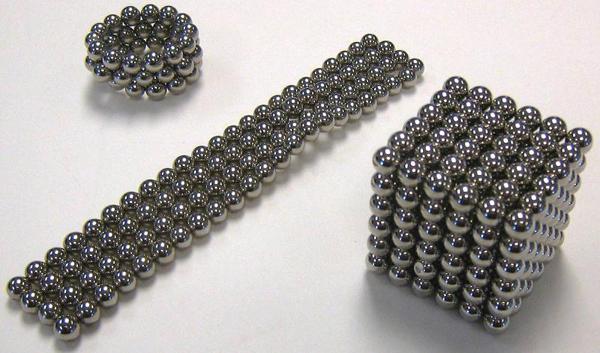CPSC Warns High-Powered Magnets and Children Make a Deadly Mix

An increasing number of incident reports to the U.S. Consumer Product Safety Commission (CPSC) indicate that high-powered magnets continue to be a safety risk to children. From toddlers to teens, children are swallowing these magnets and the consequences are severe.
Although the risk scenarios differ by age group, the danger is the same. When two or more magnets are swallowed, they can attract one another internally, resulting in serious injuries, such as small holes in the stomach and intestines, intestinal blockage, blood poisoning and even death.
Reports of incidents involving these high-powered ball-bearing magnets have increased since 2009. Specifically, CPSC received one incident report in 2009, seven in 2010 and 14 through October 2011. These 22 incidents have involved children ranging in age from 18 months to 15 years old. Of the reported incidents, 17 involved magnet ingestion and 11 required surgical removal of the magnets. When a magnet has to be removed surgically, it often requires the repair of the child's damaged stomach and intestines.
"We want parents to be aware of the danger associated with these innocent looking magnets," said CPSC Chairman Inez Tenenbaum. "The potential for serious injury and death if multiple magnets are swallowed demands that parents and medical professionals be aware of this hidden hazard and know how to treat a child in distress."
High-powered magnets and magnet components that are of a size that can be swallowed are prohibited in toys for children younger than age 14. The reported incidents involve magnets that are marketed as desk toys and stress relievers for adults who use the magnets to create patterns and build shapes. Often, they are sold in sets of 200 or more magnets in stationery, office supply and gift stores, and also on the Internet.
CPSC has received reports of toddlers finding loose pieces of magnets or magnets left within reach. It can be extremely difficult for a parent to tell if any of the tiny magnets are missing from a set. In some of the reported incidents, toddlers have accessed loose magnets left on a table, refrigerator, sofa or the floor.
With tweens and teenagers, how the product is being used has resulted in magnets being unintentionally inhaled and swallowed. CPSC is also aware of instances where the magnets were swallowed intentionally. To mimic body piercings, the older children are placing two or more magnets on opposite sides of their ear lobes, tongue and nose.
Sign up for the Live Science daily newsletter now
Get the world’s most fascinating discoveries delivered straight to your inbox.
"We sell our magnetic desk toy product, Nanospheres,










